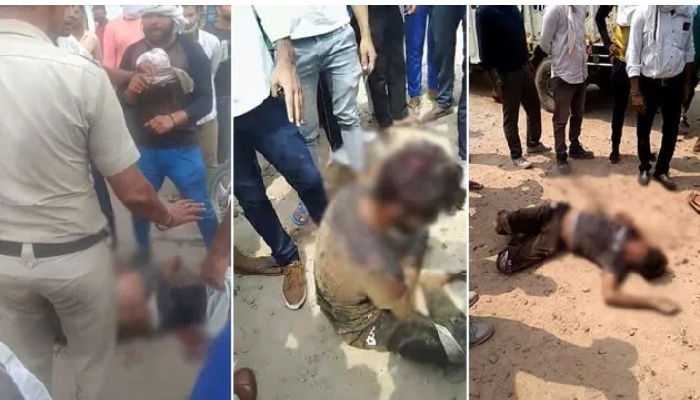
New Delhi, May 3: About 60 per cent of India's rural population lives on less than Rs 35 a day and nearly as many in cities live on Rs 66 a day, reveals a government survey on income and expenditure.
"In terms of average per capita daily expenditure, it comes out to be about Rs 35 in rural and Rs 66 in urban India. About 60 per cent of the population live with these expenditures or less in rural and urban areas," said Director General of National Sample Survey Organisation (NSSO) J Dash in his preface to the report.
According to the 66th round of National Sample Survey (NSS) carried out between July 2009 and June 2010, all India average monthly per capita consumer expenditure (MPCE) in rural areas was Rs 1,054 and urban areas Rs 1,984.
The survey also pointed out that 10 per cent of the population at the lowest rung in rural areas lives on Rs 15 a day, while in urban areas the figure is only a shade better at Rs 20 day.
"The poorest 10 per cent of India's rural population had an average MPCE of Rs 453. The poorest 10 per cent of the urban population had an average MPCE of Rs 599", it said.
The NSSO survey also revealed that average MPCE in rural areas was lowest in Bihar and Chhattisgarh at around Rs 780 followed by Orissa and Jharkhand at Rs 820.
Among other states, Kerala has the highest rural MPCE at 1,835 followed by Punjab and Haryana at Rs 1,649 and Rs 1,510 respectively.
The the highest urban MCPE was in Maharashtra at Rs 2,437 followed by Kerala at Rs 2,413 and Haryana at Rs 2,321. It was lowest in Bihar at Rs 1,238.






Comments
Add new comment